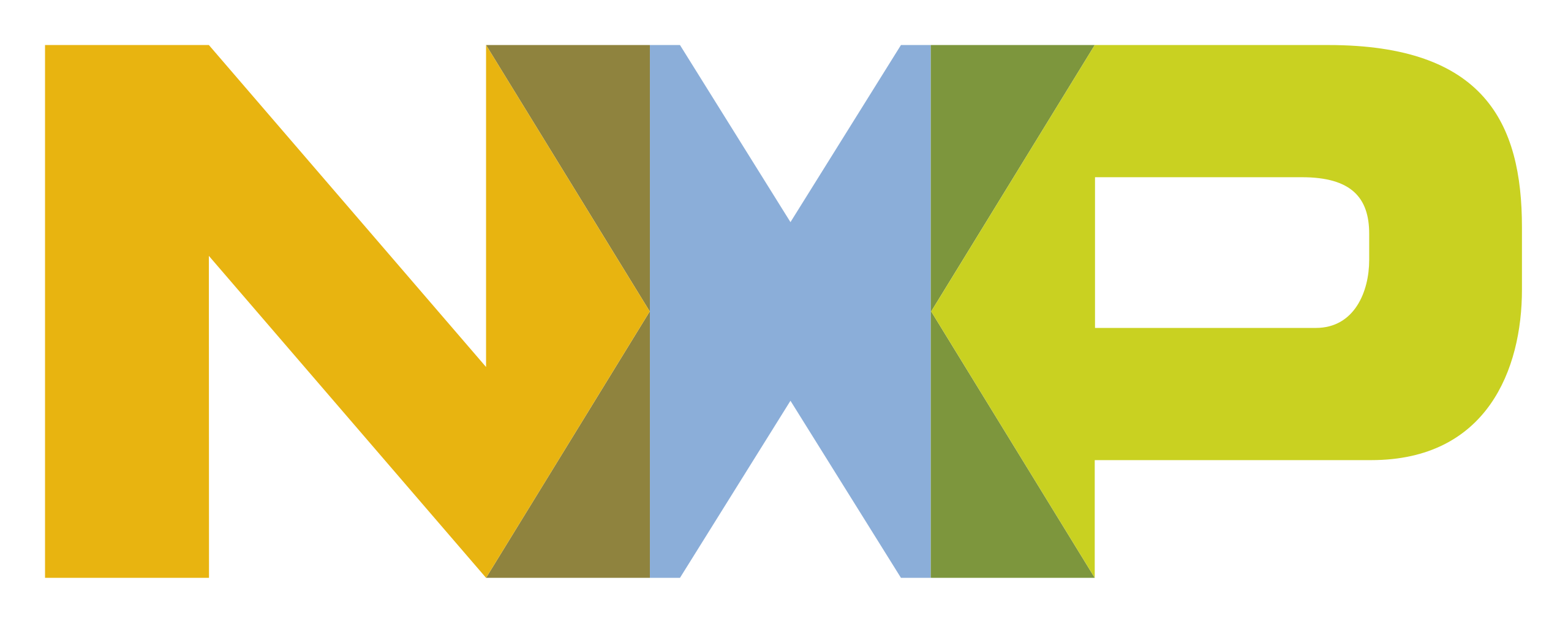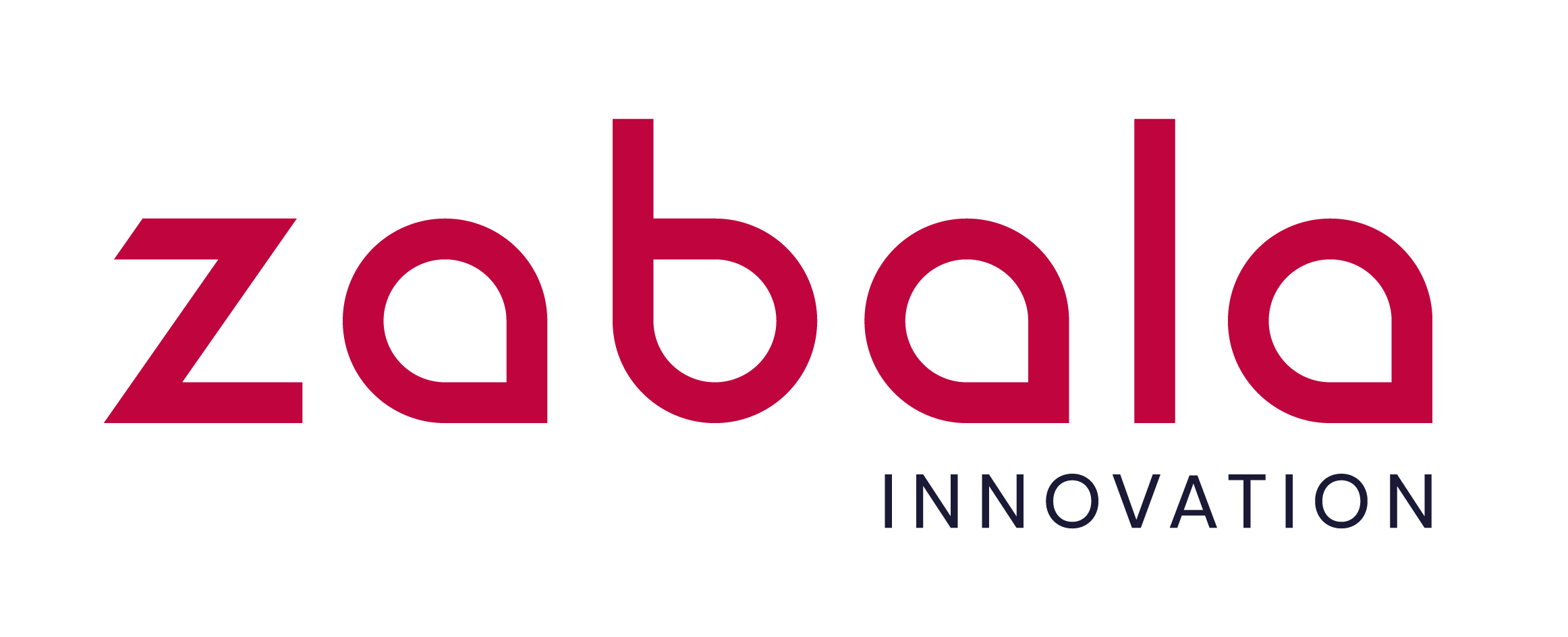RFID TAGS FOR FOOD LOGISTICS
There is no single RFID solution for food, but as many as there are types of food products. Product types are defined by their packaging and their components. A cereal box is not the same as a glass jar with cooked chickpeas. At the same time, these RFID tags must also be optimized for the company’s specific RFID system. Therefore, RFID tags for food logistics are varied and can have a high degree of customization. Still, we can define some smart food labels as standard products.
Why use RFID tags for food logistics?
The smart label that we will apply on a box of coffee capsules will not be the same as the one that we will apply on cold meat, nor the same that we will use for a frozen one. What must be clear is that the added value of the RFID tag over the barcode label is the unitary traceability of the products, as well as the greater information stored on the label of each of the items. In other words, each of the products is labelled with a unique identification number within each batch.
This unique feature of RFID tags is very useful for:
- prevent theft and counterfeiting,
- have inventories updated in real-time and automatically,
- avoid human error,
- save time and labour,
- have more information on each item, which is edited and stored in each RFID tag.
Among other benefits of RFID tags for food logistics. In addition, new ways appear every day to take advantage of the ability of RFID tags to uniquely identify assets.
Practical case
A good example of this is the case of the labeling of coffee capsules for companies. Let’s say that our business is the sale of coffee capsules for catering and hospitality companies. We want to make sure our customers are loyal and only buy the capsules from us. One strategy will be to give away the coffee machine or coffee machines on the condition that the customer always buys the coffee capsules from us. How can we know that the client complies with the contract? Very easy, the coffee machine has an RFID reader that reads the RFID tag of each of the capsules. When using a capsule that does not have our RFID tag, the coffeemaker saves a notice in your registry or can even send the warning message.
RFID food labels on cardboard boxes
All products protected in cardboard boxes can be controlled with standard RFID tags. The reading range and speed that the company’s RFID logistics system needs will decide which RFID inlay will be the most suitable. Other considerations, such as the position and size of the RFID tag, are also decided by how the RFID logistics system is designed.
These standard labels can be the TH-Wing or TH41.
Canned food traceability
On the other hand, those products that do contain liquids inside need a personalized solution. The liquid does not impede the operation of the radio frequency, but it does affect its performance. These products are, for example, jars of jam, honey, canned legumes and vegetables, etc.
Customized solutions for this type of product are varied and can be, first, placing the RFID inlays on tags that are hung in a flag at the top of the can (for example, tied to the neck of the can below the lid). Second, another solution may be to leave enough space between cans on the pallet so that the side labels can be read. Or, finally, another solution would be to read all the labels on the cans before placing them in the box, and after sealing the box, generate a label with all the product code numbering that that box contains.
These are just three possible solutions. The specific study of each case would give us the best solution. Our commercial agents together with our technical department, or together with one of our RFID engineering partners, will design the best RFID solution for your case.
A prominent RFID tag for this type of product is the TAR16.
Track frozen or chilled food
The traceability of frozen or chilled food presents various complications in RFID technology-based tracking systems due to its dielectric condition caused by the presence of water and fat in these products. Water, metal, grease, among others, are materials that negatively influence RFID performance. However, the design of the antennas, RFID chips and RFID tags is also adapted to the dielectric conditions of the products to be controlled. As well as the dielectric conditions of the environments where to apply the RFID system. In both cases, it is designed in order to achieve the optimum performance of this technology.
Obviously, the logistics monitoring of frozen and refrigerated products can be done with RFID tags. In fact, there are already many smart tags that are compatible with RFID inlays that measure the state of food, or compliance with the cold chain, as we see in this article. These smart tagging solutions for feeding, are based mainly on papers with thermo-chromatic inks, which change colour depending on the temperatures to which the product has been exposed.
You simply have to know how to choose the right RFID tag for each type of product, be it a tray with refrigerated meat, or a box of frozen foods. Whatever the case, our commercial agents together with our technical department will advise you on the most appropriate options to label each product one by one in the most effective way.
One of the RFID inlays that we use the most for meat products is the TH24 Hamtrace for its good dielectric performance.
So far the main cases of RFID tagging for food logistics. We hope this article has been helpful to you and feel free to contact us for your RFID projects.
Sources: Photo by Nathália Rosa on Unsplash.
Improve the efficiency and safety of your processes and goods thanks to an RFID system
Contact us for more information focused on your needs. If you wish to receive information about RFID technology, subscribe to our magazine.





